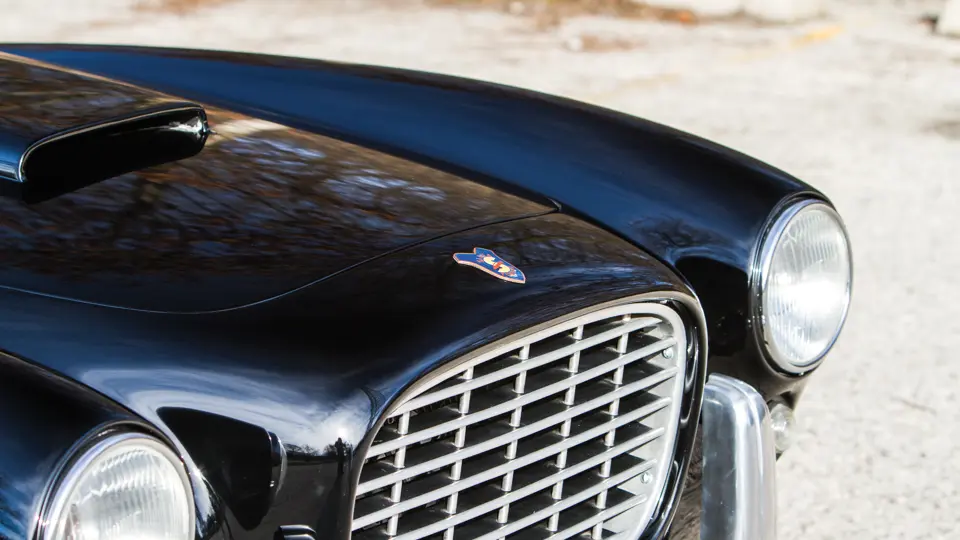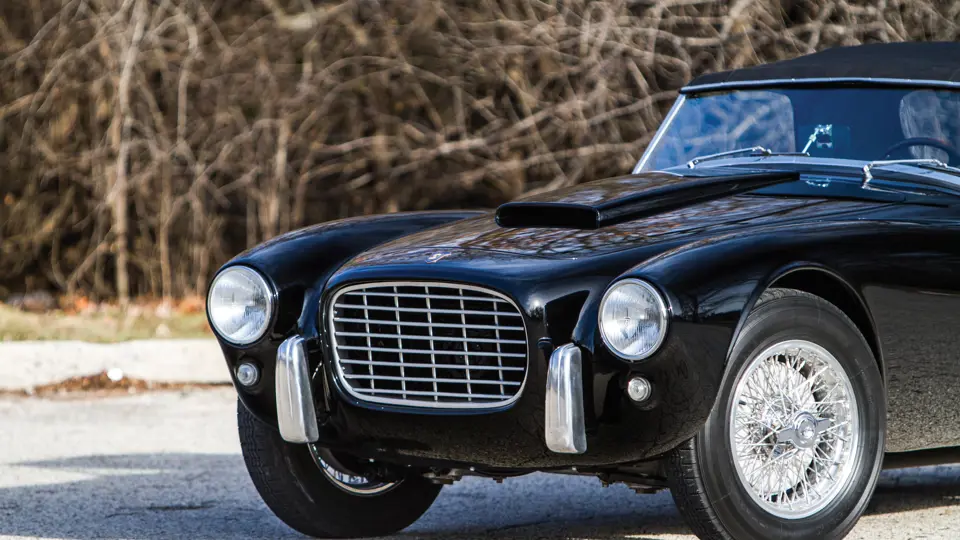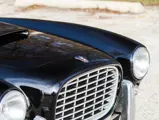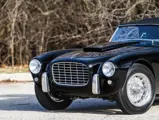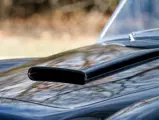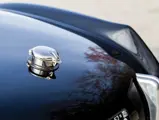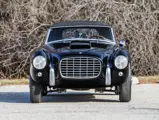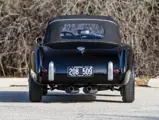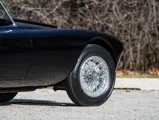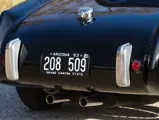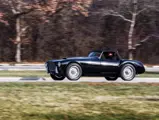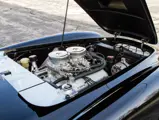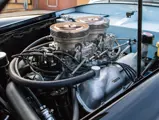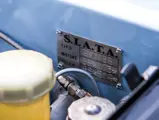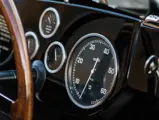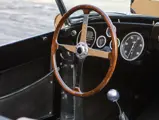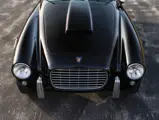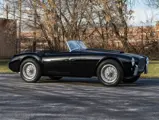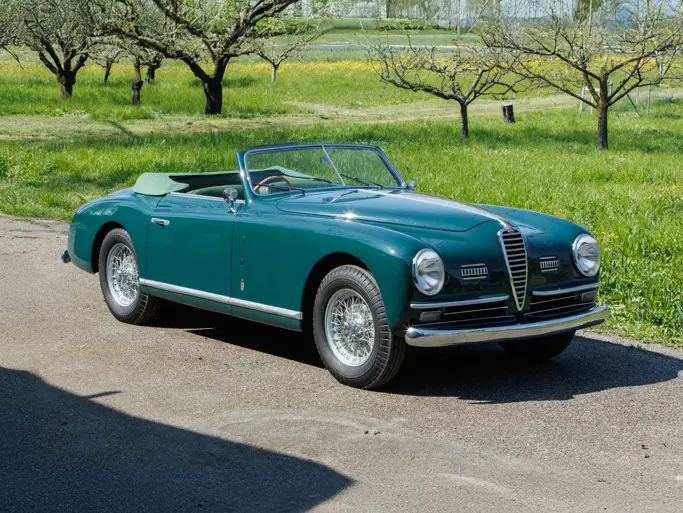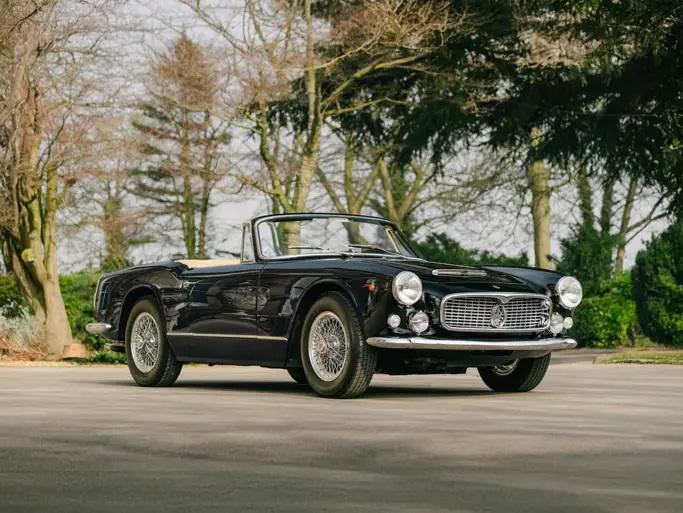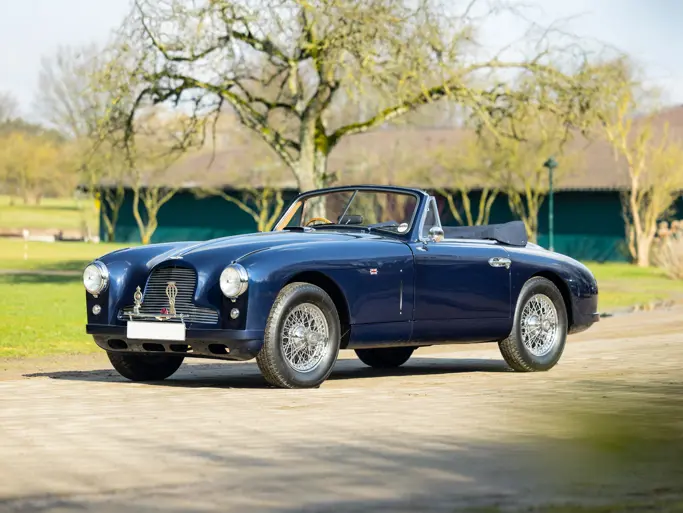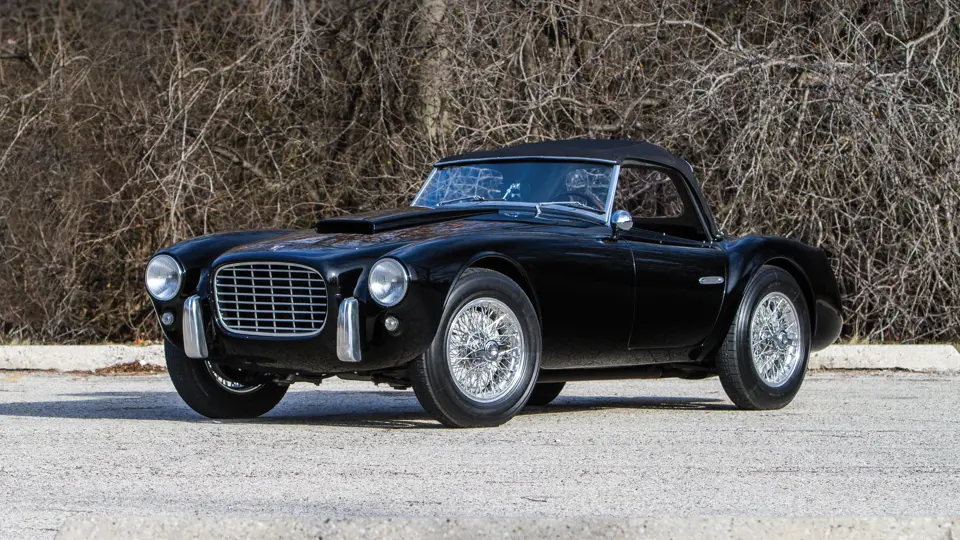
1953 Siata 208S Spyder
{{lr.item.text}}
$1,300,000 - $1,600,000 USD | Not Sold
{{bidding.lot.reserveStatusFormatted}}
- The famed “Siata-Ford”
- Formerly owned by the Doheny family, Kent Wakeford, and Dan Rowen
- Brilliantly converted to Ford power by Alan Johnston
- Well-documented, with four owners from new
- Offered with its original matching-numbers Fiat 8V engine
- An incredible piece of 1950s motorsport history
300 bhp, 260 cu. in. Shelby Competition Cobra V-8, aluminum Competition Cobra T-10 four-speed transmission, four-wheel independent coil-spring suspension, and four-wheel hydraulic drum brakes. Wheelbase: 106 in.
Bill Doheny was the heir to one of California’s largest oil fortunes, and like many men of his breed, he loved powerful automobiles. Doheny’s circle of friends included many of the gentlemen racers who sped all over Southern California in Italian exotica during the early 1950s. Among them was Ernie McAfee, a skilled hot-rodder, racing driver, and tuner. Doheny eventually provided the financial backing to McAfee Engineering, which, among other ventures, imported a singular Italian sports car to the United States.
The Siata 208S was a thoroughbred. It was powered by the 8V, or Otto Vu, engine that Siata had developed for Fiat, which had the oversquare, 70-degree design and an aluminum block and heads with wedge-shaped combustion chambers. Siata gave the engine its own camshafts and better-breathing heads, producing a claimed 115 mph. This engine was mounted on an advanced tubular frame chassis, with fully independent coil-spring suspension and telescopic shock absorbers, making the Siata a marvelously sophisticated machine with supple and predictable handling.
While the 208S was offered with a variety of coachwork, most of the 208Ss delivered through McAfee Engineering were the all-alloy spyders with bodywork designed by Michelotti. Svelte, muscular, and simply sexy, the 208S Spyder was an automobile that was made for fast driving on coastal highways. It was expensive and only 35 were built, but that only enhanced the desirability of its exclusivity. Then, as now, a 208S was a car that one rarely saw coming, and when they did, it usually passed by so quickly that it was barely seen at all.
THE SIATA-FORD
The 208S Spyder offered here, chassis number BS509, was purchased new from McAfee Engineering by Bill Doheny himself. In 1962, it was eventually acquired from Doheny by Kent Wakeford, a Hollywood cinematographer and avid speed freak, who counted Carroll Shelby amongst his well-connected friends. It was from Shelby that Wakeford directly obtained a 260-cubic inch, competition-specification Cobra engine and an aluminum Cobra T-10 competition transmission, as Shelby’s factory race-team Cobras were being converted to 289 power.
Alan Johnston was commissioned to shoehorn the racy Cobra V-8 and transmission into the little Siata. Uniquely qualified for the job, as he was both a noted Los Angeles customizer and an aerospace engineer, Johnston professionally engineered the installation with expertise. Not wanting to upset the Siata’s near-perfect 50/50 weight balance, he mounted the 70-pound-heavier Ford engine four inches further back than the 8V. The original differential was retained, but it was changed from a 4.11:1 ratio to 3.62:1 one. Numerous brilliant solutions were seamlessly integrated into the Cobra drivetrain, with minimal clearancing being performed to the stock chassis. The result was a net weight-gain of roughly only 50 pounds, and it had a perfect 50/50 weight balance!
So impressive was Johnston’s conversion that Sports Car Graphic featured the “Siata-Ford” and its build in their November 1964 issue, in an article written by Robert J. Burbridge, who stated, “From any standpoint, this Italo-American marriage is a most satisfying product.” Three years later, a complete chapter of Lyle Kenyon Engel’s The Book of Ford-Powered Performance Cars was devoted to the car, which was again penned and photographed by Mr. Burbridge.
Wakeford kept his cherished Siata-Ford until 1974, and then it passed through two short-term owners before being acquired by Steve Taub Porsche, whose Autoweek advertisement caught the eye of Dan Rowen, a 23-year-old modernist architect from New York. Rowen had style, which was exhibited by his driving to California in his Porsche 911, trading it in on the Siata-Ford, and then driving his new treasure the over 2,000 miles home! For the next 33 years, it was a beloved part of his life, even figuring into his 1993 wedding, in which it carried his new bride, appropriately attired to match the sporting Siata, down the aisle—an event featured in The New York Times.
After Rowen’s untimely passing in 2009, the Siata-Ford was acquired from his family by the current caretaker, a longtime friend and fellow enthusiast, who is its fourth owner from new. As a well-known author and an outstanding custodian of performance cars from all eras, he saw to it that the Siata-Ford would undergo a professional restoration, which spanned a two-year period.
The body was taken down to bare aluminum, and it retains 100% of its original skin, which has been beautifully refinished with stunning black paint and surgically precise panel gaps. The undamaged and completely rust-free chassis, which is a rarity in the 208S world, is a testament to the car’s short roster of caring owners. All of the mechanical systems have been restored to new condition. The original Shelby-supplied Cobra V-8 was rebuilt and dyno-tuned by one of the top NASCAR engine builders in the country, and an original 1964 Cobra dual-quad setup, including what is described as “unobtanium” Cobra AFB carbs, was installed. The valve covers on the engine are original and unrestored Competition Cobra pieces, which are complete with their 50-year-old water transfer “COBRA” decals. A set of original cast Y Cobra exhaust manifolds, with custom headers and an exhaust that replicates Alan Johnston’s original system, was also masterfully fabricated. The aluminum Cobra transmission retains its original high nickel “Sebring” close-ratio gears and has been completely rebuilt, as has the original Johnston-modified differential. The owner, with great care and expense, has prepared the Siata-Ford for enthusiastic use, and it delivers the performance it is known for. With just under 1,000 miles since restoration, he describes it as being completely dialed-in, turn-key, and incredibly athletic!
The car is supplied with a history file that covers the Siata-Ford’s history back to the early 1960s, including wonderful, original photographs that were taken for the Sports Car Graphic photo shoot, the contract and receipt from Dan Rowen’s purchase, 40 years of registrations, receipts, and meticulous notes, copies of BS509’s Siata Registry page, and articles on this car.
Finally, after a multi-year search, the owner was overjoyed to recently be able to purchase the Siata’s original, matching-numbers (BS073) Fiat 8V engine, with the assistance of 8V guru Paolo Epifani. While not running, the engine is undamaged and has been prepared by Epifani Restorations as a display piece to sit alongside the Siata-Ford…or perhaps to be reinstalled, over 50 years later. The 8V is currently at Epifani Restorations in Berkeley, California, and it will be shipped to the new owner of the Siata-Ford at the seller’s expense.
Al Johnston, the car’s builder, is still happily and deeply involved in the car world, and he has been a wealth of information to the owner; his contact info will be conveyed to the new owner. After all those years of playing with exotic machinery, he still considers the Siata-Ford to be his favorite car and his proudest accomplishment.
Every Siata enthusiast knows and respects the Siata-Ford. It is the perfect combination of Italian beauty and American muscle, and it was built and driven by men who knew and respected its power.
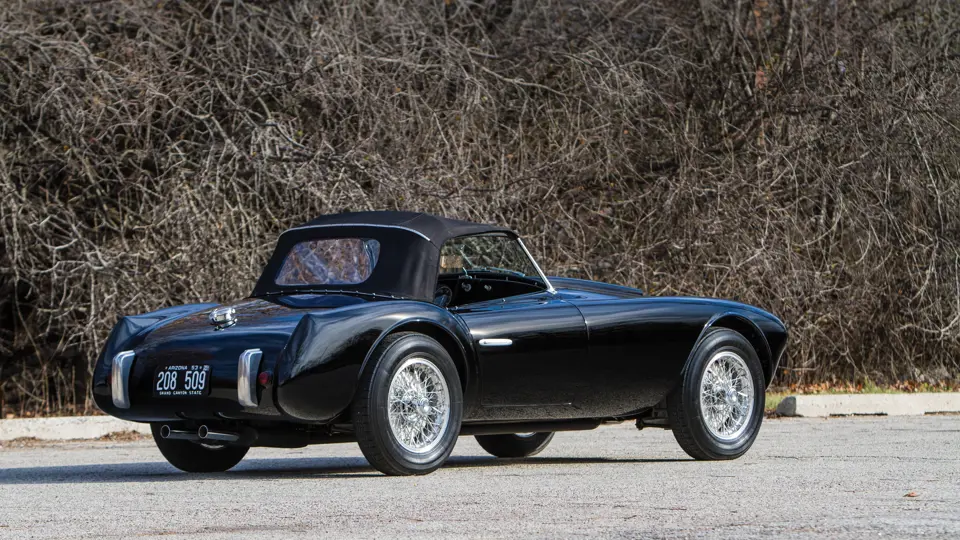



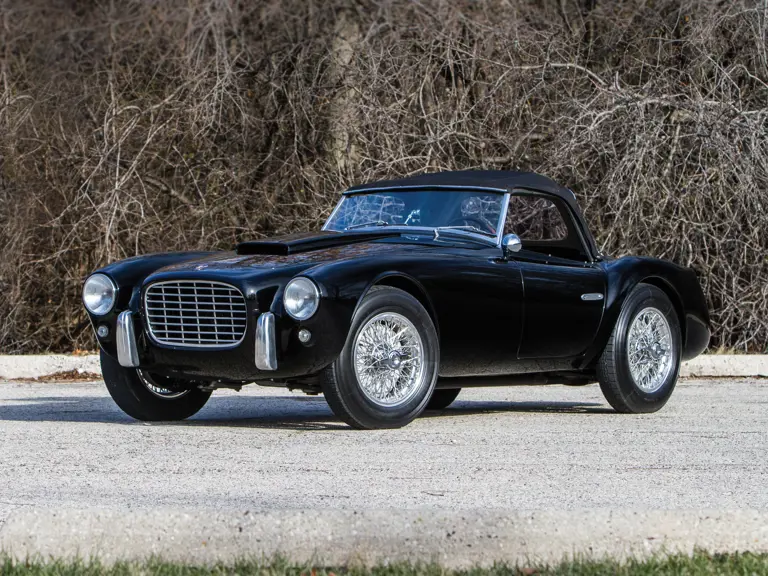
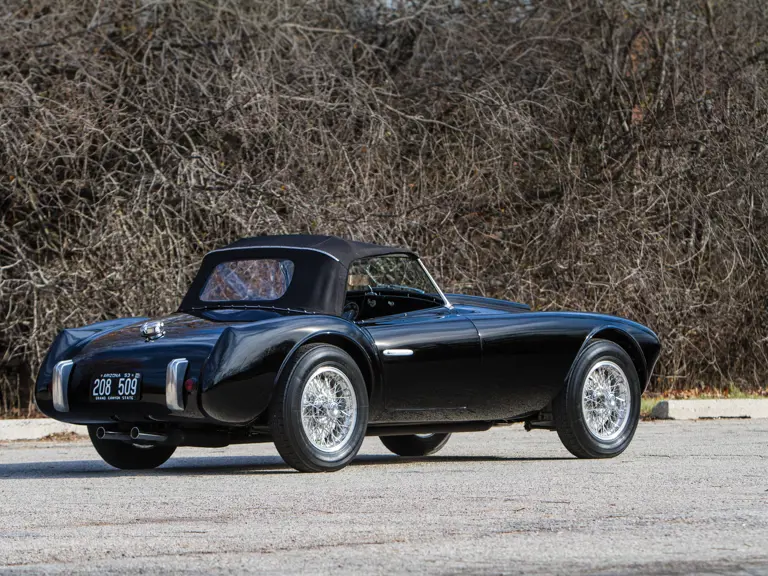
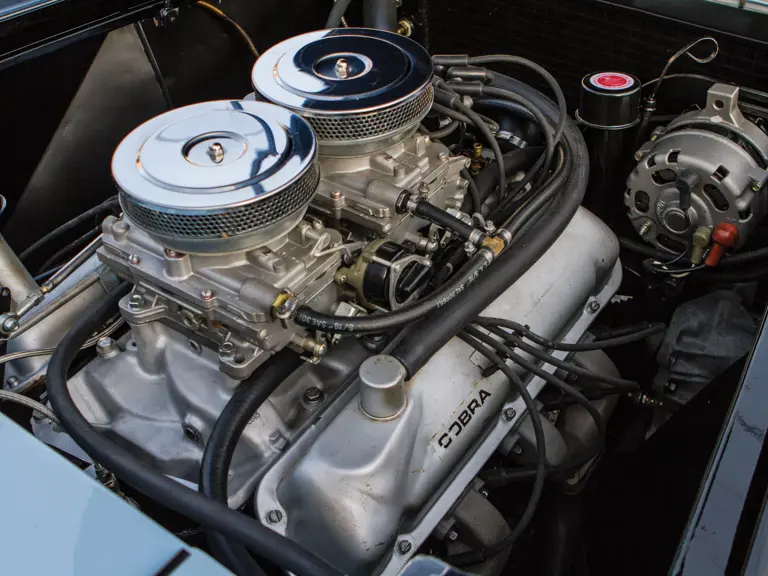
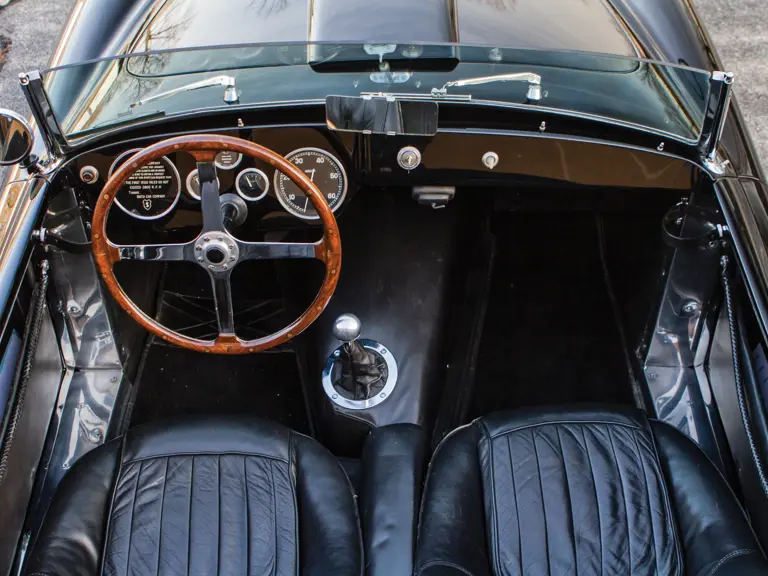
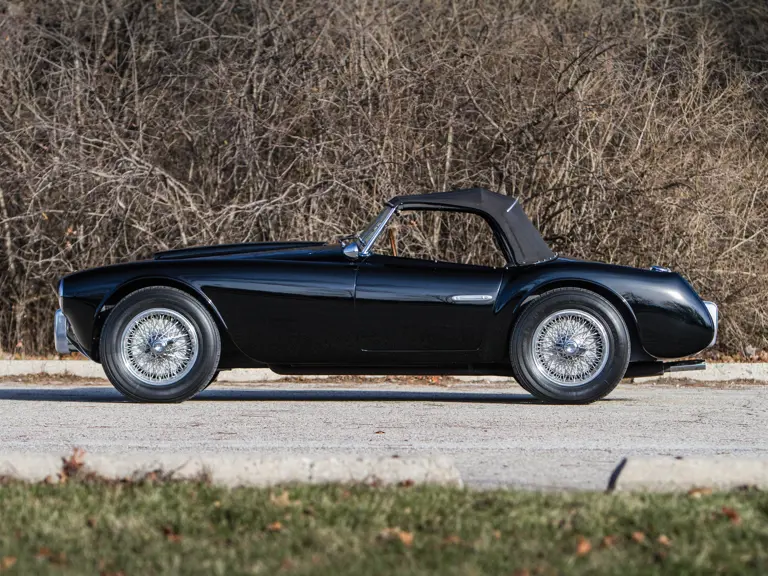
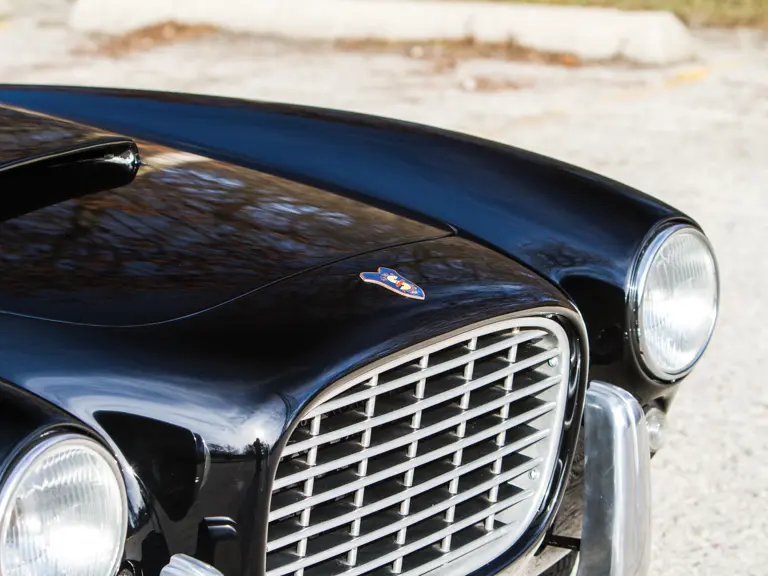
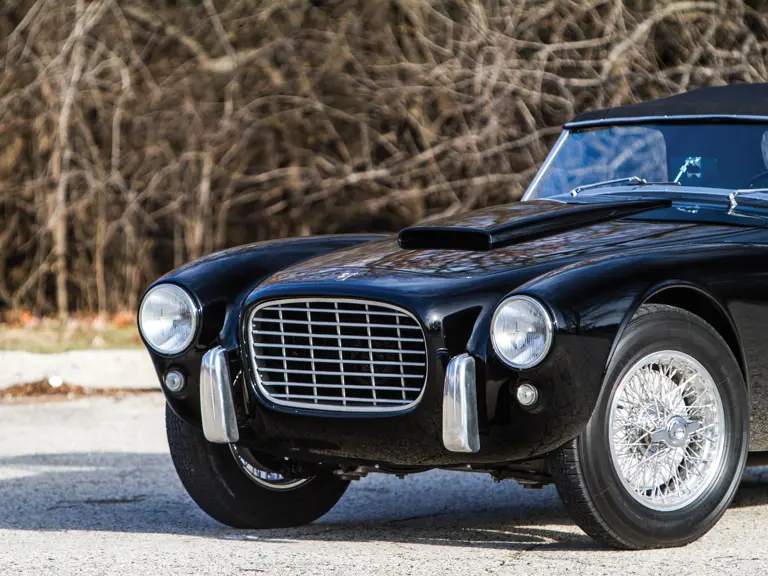


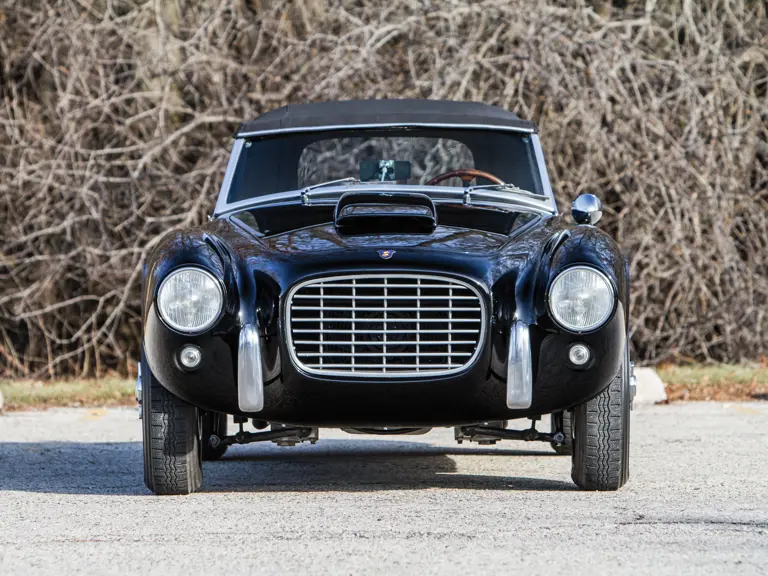


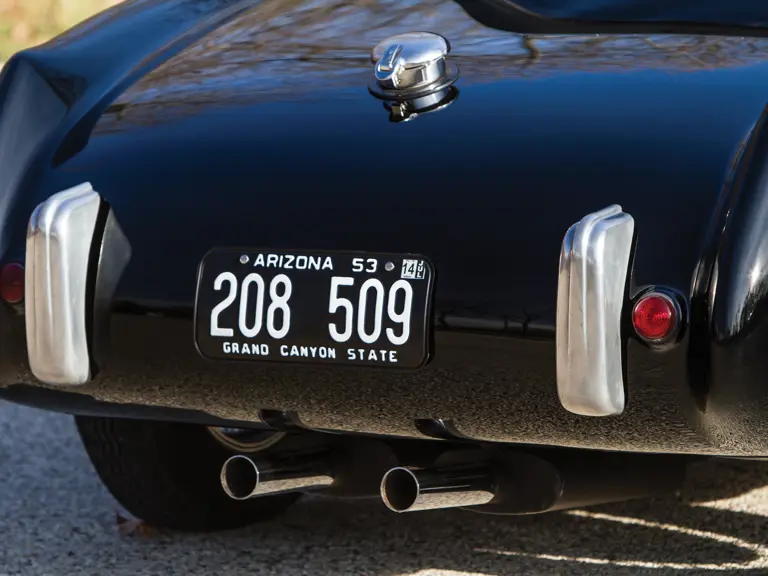
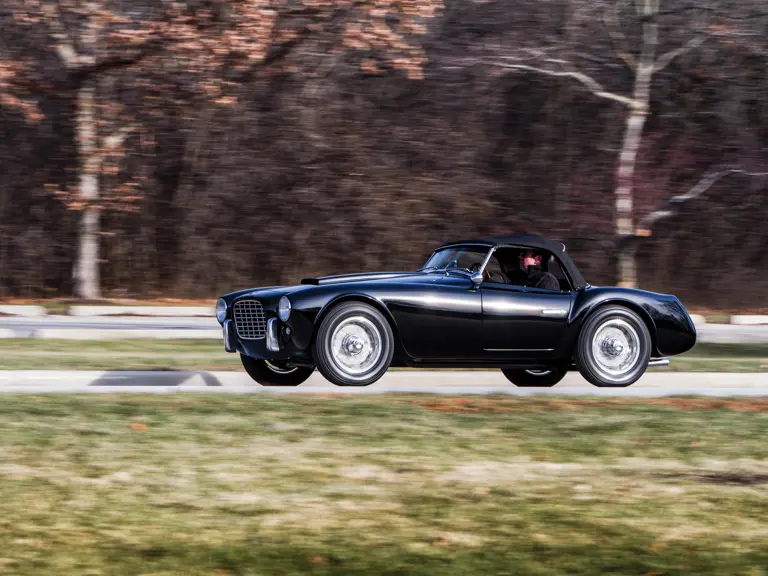
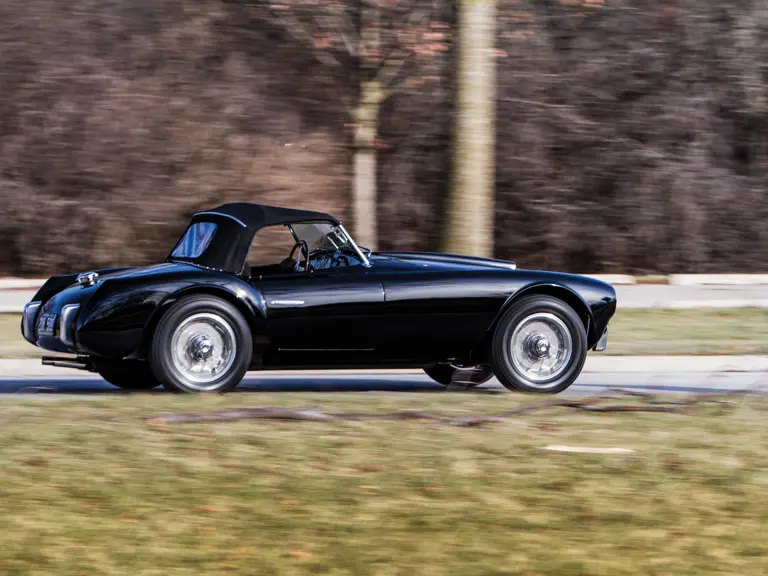

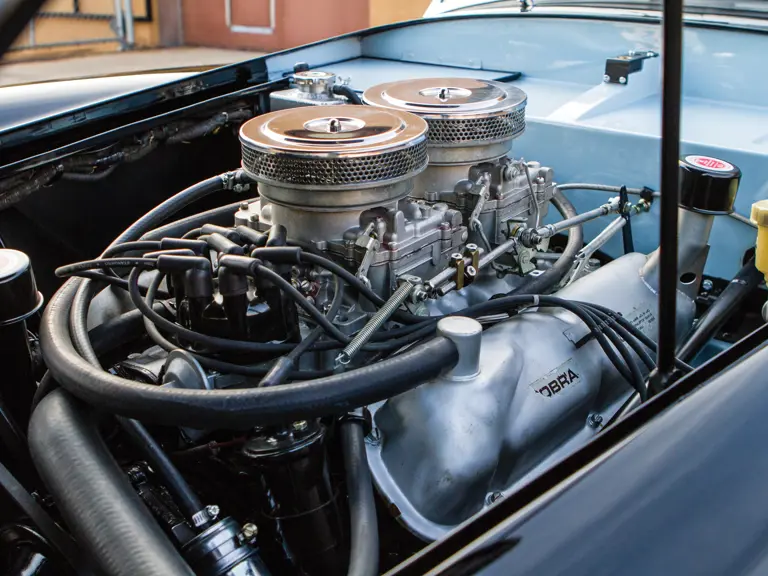
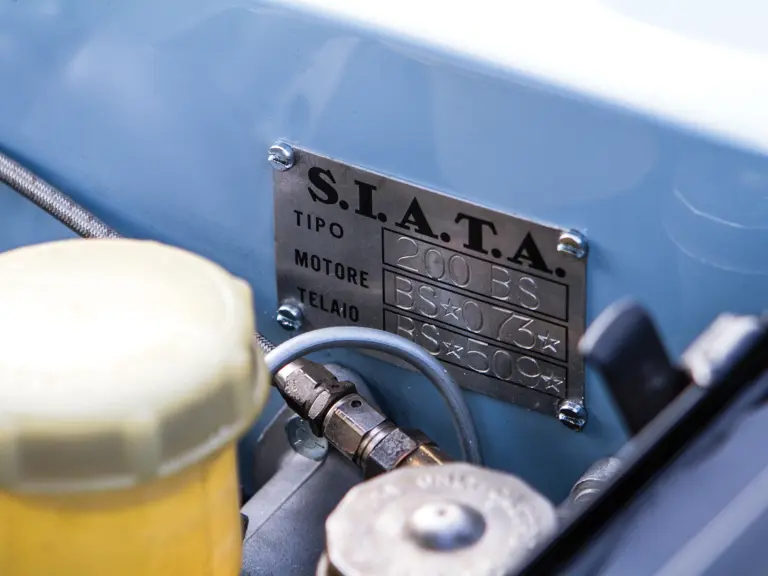
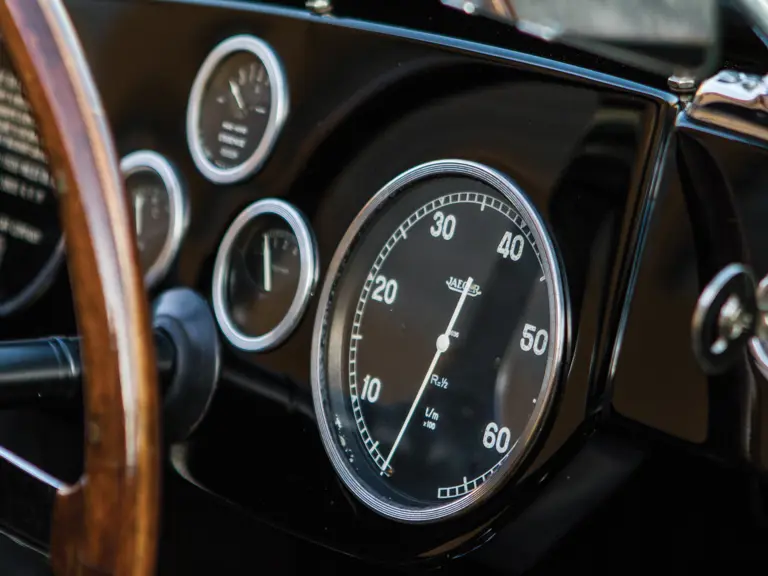
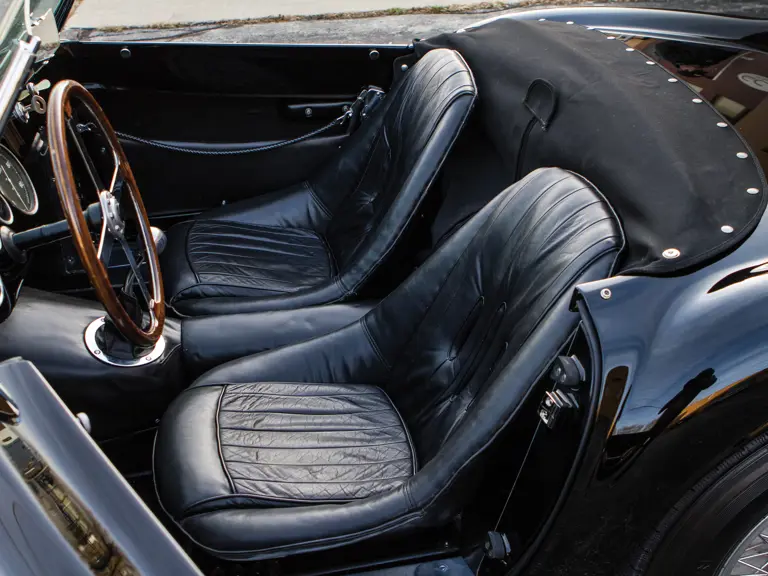
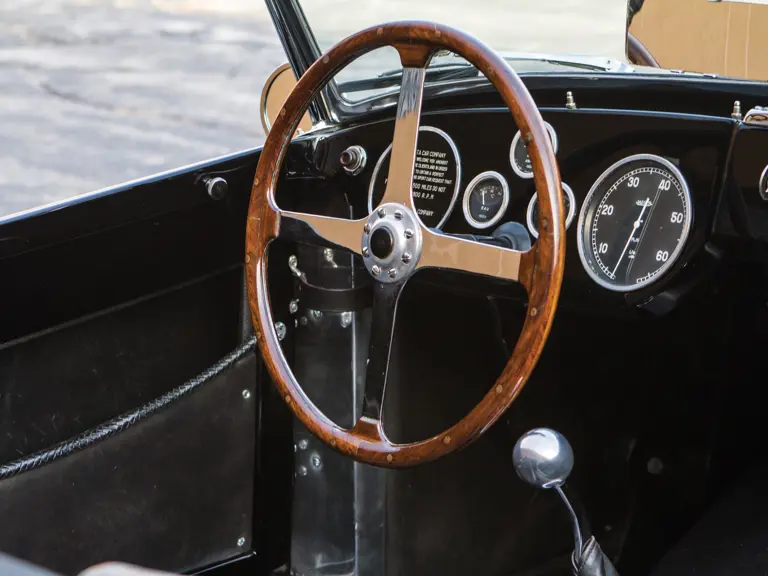
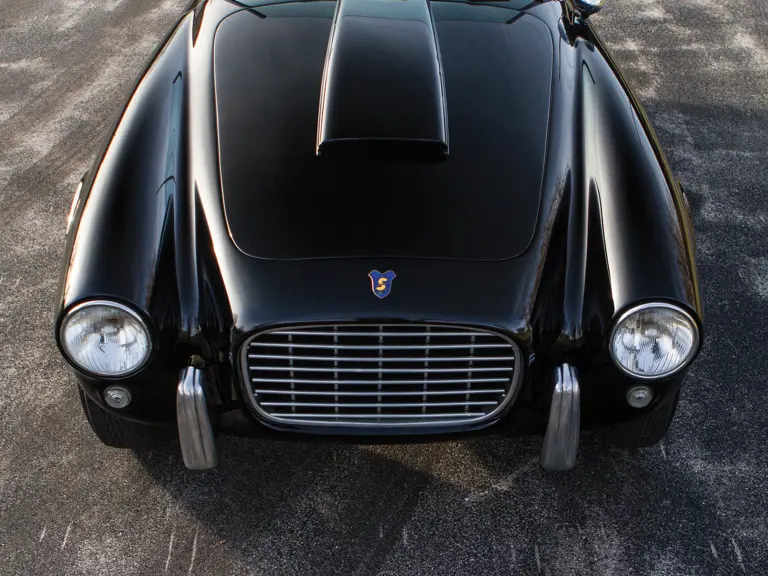
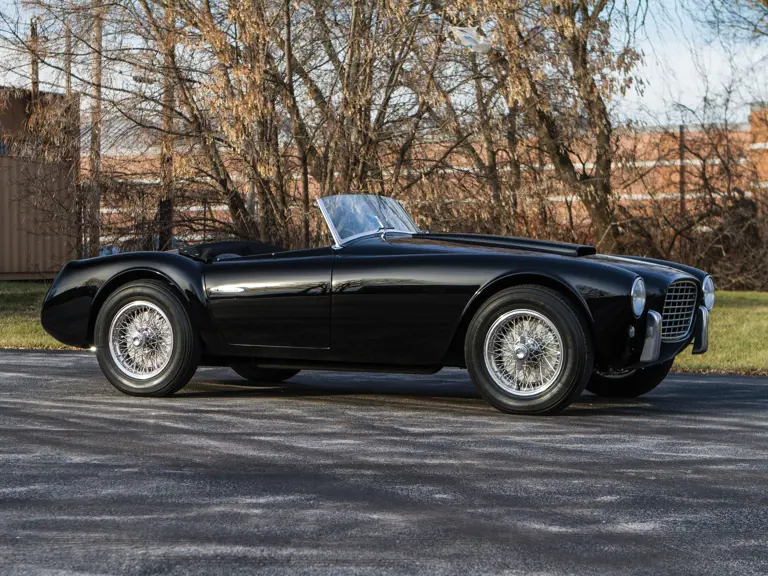
 | Phoenix, Arizona
| Phoenix, Arizona

